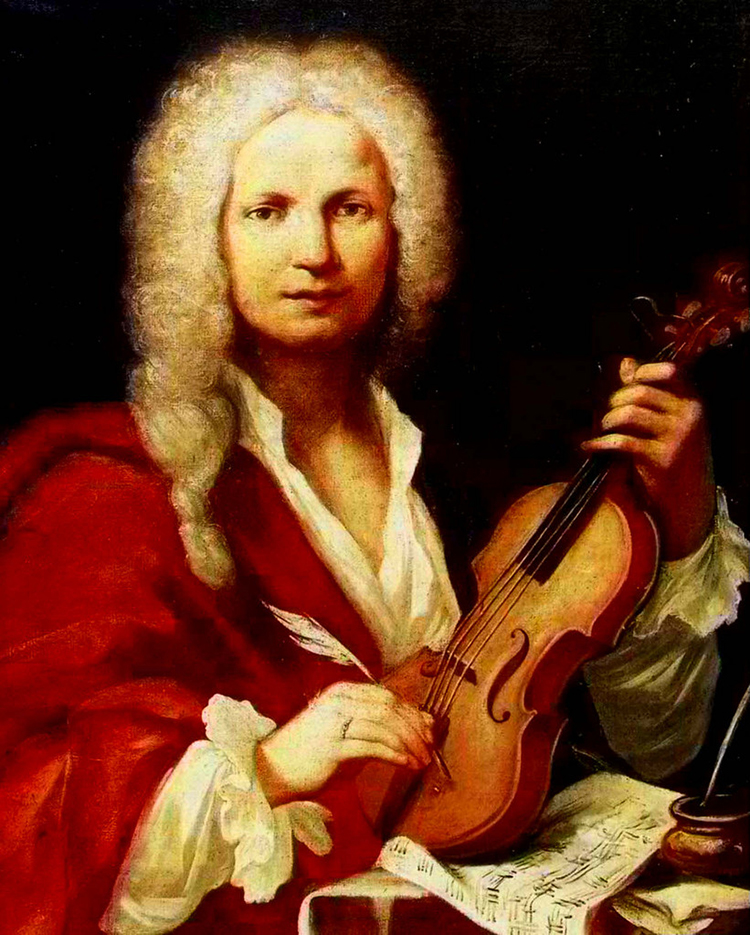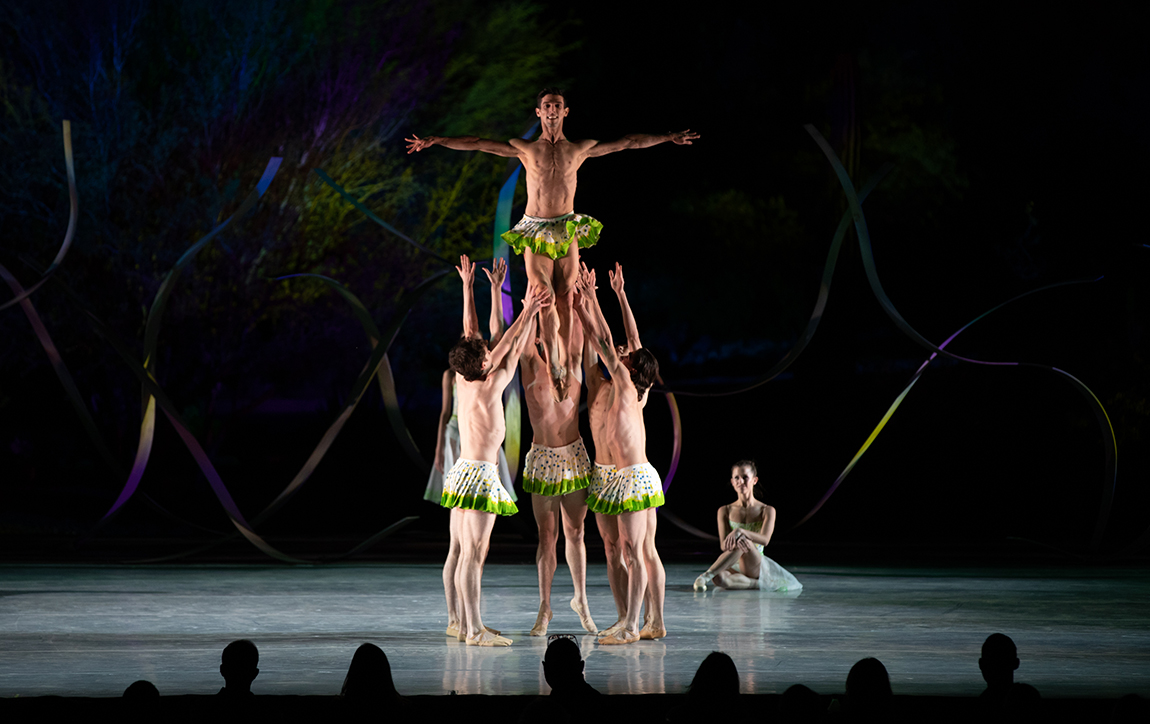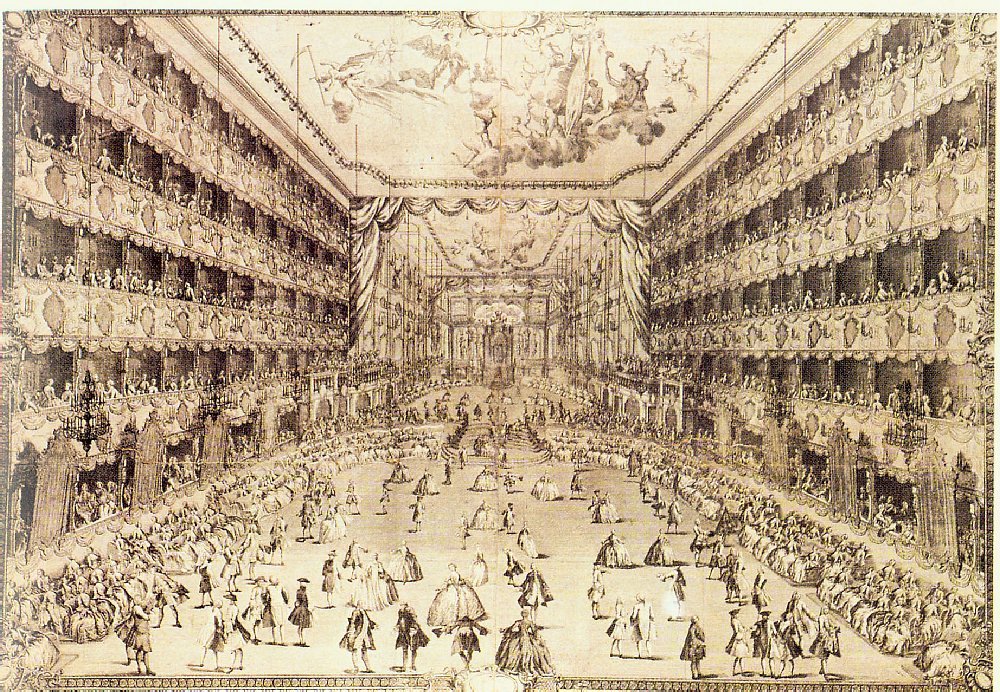
Even if you don’t know his name, you have most certainly heard his music. Best known for Four Seasons, a series of violin concertos, Antonio Vivaldi is one of the most renowned composers of European and Baroque-style classical music. Join us as we take a look at the life and work of Vivaldi!
Born on March 4, 1678, in Venice, Italy, Antonio Vivaldi was the son of a professional violinist, Giovanni Battista Vivaldi. Although his father taught him how to play the violin at a young age, he pursued religious training to become a priest at 15. He was ordained in 1703 and became known as “il Prete Rosso” or “the Red Priest” because of his red hair. Vivaldi’s religious career was cut short, however, due to health issues. At the time, it was best understood as a form of asthma and it hindered his ability to continue delivering mass. Vivaldi returned to his musical studies, something that even during his time as a priest, he never abandoned. It was noted that he had a habit of composing while performing mass!
In 1703, at the age of 25, Vivaldi became Maestro di Violino (Master of the Violin) at an orphanage, Ospedale della Pietà, in Venice, where the children received a musical education. He served in this position for over three decades and it was during this time that Vivaldi composed the majority of his works. His skill as a composer was not the only thing Vivaldi became recognized for, as he was also regarded as an incredible violinist. This is largely thanks to his natural talent and the training he received from his father.
Early on in his time at the orphanage, Vivaldi was gaining an esteemed reputation and so were the orphans, for their musical skill. As far as what can be found today, Vivaldi wrote over 60 concertos, cantatas, and other vocal works for them. These works are still performed by students today and are known for being quite challenging.
Although Vivaldi began publishing his works in 1705, his real breakthrough came in 1711 when his work L’estro armonico was published in Amsterdam and dedicated to Grand Prince Ferdinand of Tuscany. Made up of 12 concertos for strings, L’estro armonico is described as “the most influential collection of instrumental music to appear during the whole of the eighteenth century,” by Vivaldi scholar Michael Talbot.
To the benefit of Vivaldi, opera became increasingly popular in early eighteenth-century Venice. Some of his earliest compositions were operas and he became highly sought after by theaters across Italy. Over the course of his career, Vivaldi claimed to have composed 94 operas, although only 50 operas have been identified, the most known being Argippo and Bajazet.
In 1717, Vivaldi moved to Mantua in northwest Italy, after he was offered a position of Maestro di Cappella (master of the orchestra) in the governor’s court. During his three years at court, Vivaldi produced several operas and concertos, including Le quattro stagioni or the Four Seasons, which would become his most famous work. A set of four violin concerti, Four Seasons, was considered a revolution in the music world. With each concerto, Vivaldi gave musical life to the seasons, from flowing creeks and buzzing flies to cold winter winds.
In addition to this revolutionary work, Vivaldi published the Four Seasons with accompanying sonnets that he wrote himself. Considered highly unusual for the time, each sonnet was intended to evoke the spirit of his music and what he felt for each season. Click here to read the Four Seasons sonnets.
At the height of his career, Vivaldi received numerous commissions from nobility throughout Europe, including playing for Pope Benedict XIII in Rome. Unfortunately, his financial success was not long-lasting and in his later years, Vivaldi left Venice for Vienna, in the hopes of finding a wealthy patron. His misfortune continued in Vienna, with the death of the Holy Roman Emperor, Charles VI, leaving the once renowned composer with no money and no royal protection. Vivaldi died in Vienna on July 28, 1741, in poverty, and was buried in a simple grave following a small funeral service where no music was played.
The composer’s legacy was revived in the 20th century by musicians and scholars, who recovered many of his unknown works. By the end of his life, Vivaldi composed more than 500 concertos, 50 operas (give or take), 90 sonatas, and a multitude of other sinfonias and chamber works. His influence was widespread across Europe and paramount to the development of numerous composers, most notably, Johann Sebastian Bach. Vivaldi will forever be recognized as one of the greatest Baroque composers and innovators of classical music.







